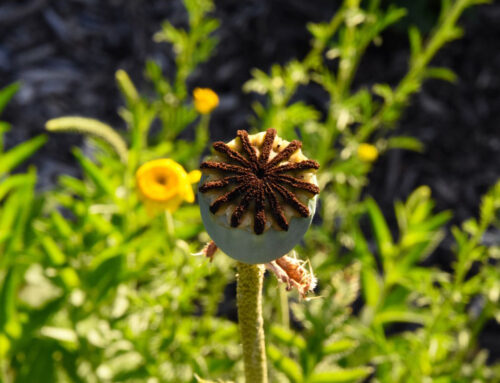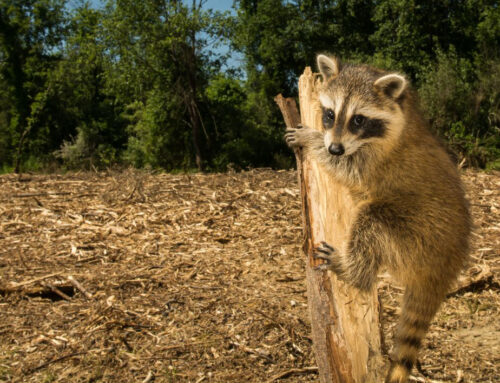More tidbits from my upcoming book, Wonder and Joy for the Wired and Tired
How we can communicate with our plants and how they communicate with each other:
Some Plant Trivia
Chatty Plants: Plants communicate with each other through a variety of chemical signals. Root exudates released by plants into the soil share nutrients and even modify behavior in neighboring plants. Furthermore, plants can emit chemicals and pheromones into the air when they are attacked by pests or other harmful actions. These chemicals warn neighboring plants to release additional phytochemicals to guard against further invasion and damage. Love the smell of freshly mowed grass? What you are smelling is the aerosolization of oxygenated hydrocarbons, like methanol, ethanol, and aldehyde, which are released by grass when it is cut. It may smell like summer and fun in the sun to humans, but to grass, it is a chemical signal to other plants they are in danger and an invitation to birds and other predators of grass-eating insects that dinner has arrived.

All in the Family: Plants recognize other plants within their species and family and can even share nutrients and protection with one another. What’s even more interesting is that they also recognize non-familial plants and can create hostile growing environments for plants they perceive as a threat or competitors in search of water and nutrients.

Do What Moves You: Many plants exhibit subtle movement, such as the opening and closing of flowers during the day. Sunflowers exhibit a plant movement referred to as heliotropism, which means they track the sun’s movement across the sky during the day. Interestingly, once sunflowers reach maturity, they generally face east, providing maximum exposure to the morning sun. More complex plant movements, such as those exhibited by the Venus fly traps are still not completely understood.

Groovin’ to the Music: Researchers found that many plants exhibit increased growth rates when light jazz is played. Growth was further increased when Canon in D major for violin by Johann Pachelbel was broadcast at 80-85 dB. Unfortunately, most plants were not found to be fans of heavy metal music. Not surprisingly, plants responded most positively to gentle breezes and birdsong.

The Sound of Silence: We love our plants, and they seem to like us. Many plants do increase their growth rates when humans talk to them, but they generally don’t like to be touched. Plants probably interpret tactile stimulation as an environmental threat. When we talk to plants, we exhale carbon dioxide, which plants use for photosynthesis and growth.

Friends of the Environment: Plants absorb carbon dioxide from the atmosphere through a process called photosynthesis which uses sunlight and water to produce carbohydrates and oxygen. This process acts as a natural carbon sink, removing carbon dioxide from the atmosphere and storing it in the form of organic carbon in plant tissues. The amount of carbon dioxide absorbed by plants can vary widely depending on factors such as the type of plant, environmental conditions, and ecosystem dynamics. However, on a global scale, forests, grasslands, and crops, absorb approximately 120 gigatons of carbon per year through photosynthesis.

Redefining Consciousness: Plants demonstrate the ability to remember past events and experiences, such as drought conditions or attacks by pests. They also recognize and respond to friendly family members or foreign plants which threaten their survival. How plants encode, store, and retrieve this information without a nervous system is still not fully understood and is challenging scientists to consider the traditional notions of intelligence and consciousness.

Pretty incredible stuff right? And we’re learning more about plants, their communication processes, and how they impact our health and the environment every day.
Next up: The Wonder of Trees and Tree Trivia








